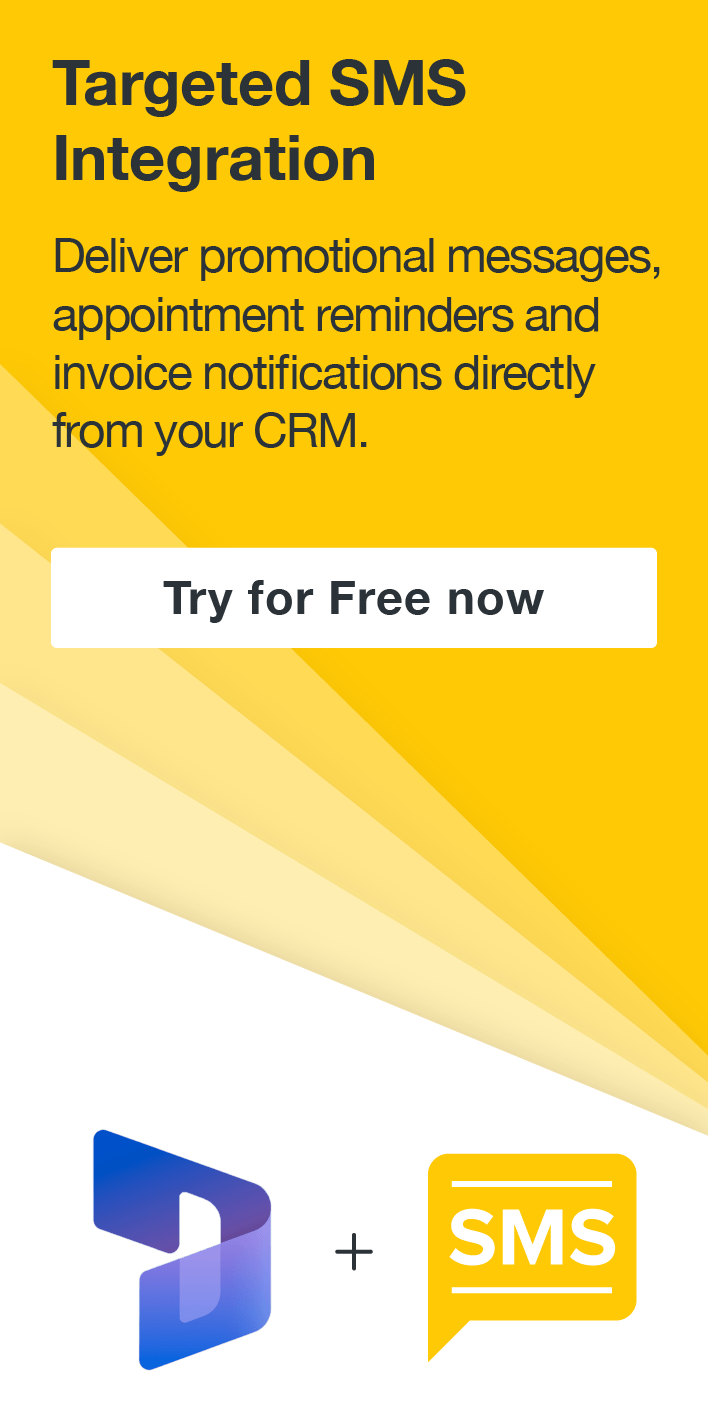How to Know When to Stop Investing in Legacy Systems
Ryan Ingram, 27 May 2019
From the early 90’s to 2000’s we saw the emergence of accessible technology which started to connect and streamline paper-based or manual systems. We are now entering another wave of core technology advancement that can streamline business processes, increase sales, increase productivity and easily connect with customers. With the Big 4 (Microsoft, Google, Amazon and Apple) investing heavily in technology for the masses, it is now more accessible than ever. Artificial Intelligence and Machine Learning is being used by New Zealand companies. It’s baked into Microsoft’s Azure services – no longer a pipedream. It’s here – and businesses are using it.
How do I take advantage of this new tech, while ensuring the business keeps running on tried and true (but old) technology?
It’s a question that I see New Zealand businesses grapple with every day. The recent emergence of some core technologies, including Artificial Intelligence, Blockchain, Advanced Image Recognition and Machine Learning to name a few, have implications and applications which really excite CTOs.
So – are you ready to take the leap? The answer is not straightforward. Every company is unique – different personnel running different systems with different challenges and different growth ambitions. There are some key things that may help you to see if you need to hang up the old legacy systems and position yourself for growth.
1. Consistently hearing within your organisation that “No, unfortunately the system won’t allow me to do that”, or “Good idea – we’ll need to ensure we place that in the budget for next year’s upgrades.”
Legacy systems were generally bespoke – or continually upgraded to the point where they are doing things they weren’t meant for when originally built. They needed to grow with the company – which is great – however, now that things are changing every day it is very expensive to make any changes.
2. Are there only a few people within your organisation that know how it works?
Old systems generally mean that they need FTE’s fixing issues continually. Are there a select few that understand the system? Do things seem to screech to a halt when they aren’t there?
3. Are you basing your decisions on data or solely ‘gut feel’?
Great business decisions are built on great data mixed with customer feedback and gut feel. If you are solely making important decisions that aren’t grounded with evidence – you’ll most likely find that soon, you’ll end up making a damaging one.
4. Can you work from home easily and access files securely?
This is a simple one, but we still see organisations that are not on the cloud and need their employees in the office to do their work.
5. Do you have a range of systems that are interconnected, but not one central repository?
This normally boils to the surface in an organisation by the amount of time that it takes to get a report ready, or there being several different systems that hold customer data. Are there more than one record repository for one client? Is it hard to piece together a complete view of customers?
6. Are you pouring money into your systems to do seemingly simple tasks/updates?
This is another signal that you are running on a system that may need to be retired. For example, Dynamics 365 CRM itself has been built so that many ‘customisations’ are a simple ‘click and create’ and can normally be completed by an ‘inhouse’ employee. No expensive developer costs.
7. Does the technology that you are running have a roadmap for easily unleashing Machine Learning, AI or upcoming technologies?
If you are running a system that is ready to grow with you, they will have a widely published roadmap to include these emerging technologies.
These are just some of the key things that may be occurring to indicate that you have a system that you shouldn’t prop up too much longer. Magnetism is a Microsoft Gold Partner specialising in Dynamics 365. We work as one with our clients to help them realise their potential through our smart use of technology – feel free to get in touch with me.


